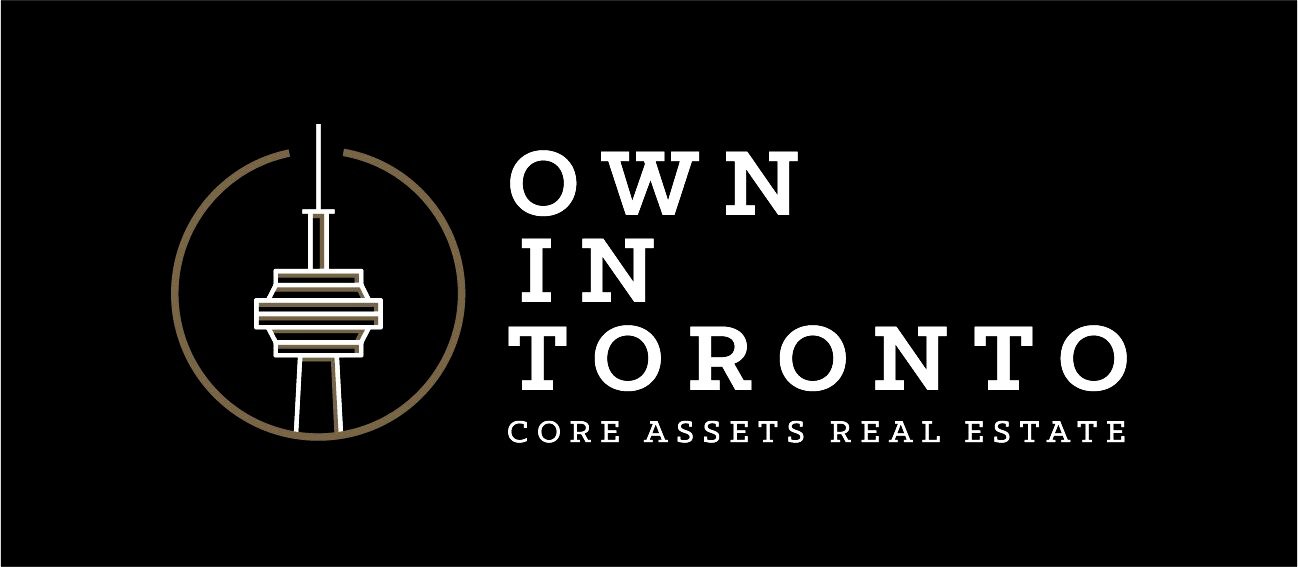Investing in Real Estate
How to Choose the Right Investment Property
The term investment property can mean anything from a single condo unit to a 20-story apartment building. However, regardless of the size of your investment, the fundamental strategies remain the same.
Before making a real estate investment, it’s essential to have a clear strategy and understand the financial implications. Consulting with a real estate expert and your accountant can help you navigate the tax implications and profitability of your investment.
In this guide, we’ll explore the different types of investment properties, how to calculate returns, and what factors to consider when choosing the right real estate investment.
How Do Real Estate Investments Generate Profits?
The goal of any investment is to grow your money. Real estate offers multiple ways to build wealth, including rental income, property appreciation, and mortgage paydown.
Key Investment Calculations:
1. Capitalization Rate (Cap Rate)
📌 Formula: Cap Rate = Net Operating Income (NOI) ÷ Property Value
This calculation shows the percentage return an investment generates annually.
🔹 Example: If a property has a 5% cap rate, it means the investment earns a 5% annual return before mortgage costs.
2. Cash Flow Calculation
📌 Formula: Cash Flow = Gross Rental Income – Expenses
Gross income = Monthly rent collected
Expenses = Mortgage, property taxes, insurance, maintenance, utilities (if the tenant does not pay)
📌 Example:
A Toronto investment condo purchased for $500,000, leased for $2,000/month, with expenses totaling $2,300/month, results in a negative cash flow of -$300/month.
However, even with negative cash flow, the tenant’s rent is covering a portion of the mortgage, helping the investor build equity.
3. Property Appreciation
📌 Formula: Appreciation = Current Market Value – Original Purchase Price
Toronto’s real estate market has historically experienced strong property appreciation, making it an attractive investment strategy. Even if a property generates negative cash flow, appreciation can significantly boost profits over time.
Choosing the Right Investment Property
With so many options available, it’s important to identify which type of investment property best suits your financial goals and risk tolerance.
1. Pre-Construction Condo
A pre-construction condo is purchased before it is built, directly from the developer. Working with a Realtor is highly recommended to ensure favourable terms.
✅ Pros:
✔ Low upfront costs – Typically a 20% deposit spread over 1-4 years.
✔ No ongoing expenses – No mortgage, taxes, or maintenance fees until completion.
✔ Potential for high appreciation – If the market rises, profits are gained before taking possession.
✔ New unit appeal – Tenants are often attracted to brand-new condos.
✔ Warranty protection – Covered under Tarion Warranty for maintenance issues.
❌ Cons:
✘ High risk – You can’t see the finished product before purchase.
✘ Long waiting period – Deposits are tied up for 4-5 years before you take possession.
✘ Builder uncertainty – If a project is canceled, you’ll receive your deposit back but won’t benefit from market appreciation.
2. Resale Condo
A resale condo is an existing unit that buyers can inspect, evaluate, and take possession of immediately.
✅ Pros:
✔ Move-in ready – What you see is what you get.
✔ Established building – Condo fees and building health are transparent.
✔ Faster process – No waiting period for construction.
✔ Generally lower cost – Resale units are often cheaper than pre-construction.
❌ Cons:
✘ Rare to be cash-flow positive – Especially in Toronto, where high property values impact rental profitability.
✘ Increasing maintenance fees – Monthly condo fees tend to rise over time.
3. Income Suite Within a Primary Residence
With Toronto’s high property prices, many homeowners rent out portions of their homes (basement apartments, laneway houses, etc.) to generate rental income and offset mortgage costs.
✅ Pros:
✔ Extra income – Helps cover mortgage and household expenses.
✔ Increases property value – Income suites can boost resale value.
✔ High rental demand – Affordable rental units are highly sought-after in major cities.
❌ Cons:
✘ Loss of personal space – Sharing your property with tenants.
✘ Potential for problematic tenants – Noise, cleanliness, and privacy concerns.
4. Multiplexes (Duplex, Triplex, Fourplex, and More)
Multiplex properties are multi-unit residential buildings with two or more rental units, making them a great option for investors looking to generate multiple streams of rental income.
✅ Pros:
✔ Higher rental income potential – Multiple tenants = multiple income sources.
✔ Lower risk of vacancy – Even if one unit is vacant, the others generate income.
✔ Economies of scale – Lower per-unit maintenance costs compared to multiple single-unit investments.
✔ Potential for commercial financing – Some lenders offer better loan terms for multiplex investments.
❌ Cons:
✘ Higher upfront investment – Purchasing a multiplex requires more capital than a single-unit property.
✘ More management responsibilities – Dealing with multiple tenants and maintenance issues.
✘ Zoning and regulation complexity – Depending on the city, additional zoning, licensing, and permits may be required.
📌 Best for investors looking for steady rental income with long-term appreciation.
Which Investment Property is Right for You?
🔹 Are you looking for long-term appreciation or immediate rental income?
🔹 Do you prefer low-maintenance investments, or are you open to property management?
🔹 Are you comfortable with short-term negative cash flow, or do you need cash-positive returns?
Every real estate investor has different goals, and the right investment property depends on market trends, financial readiness, and risk tolerance.
📞 Ready to invest in Toronto real estate? Contact us today to discuss your options and create a personalized investment strategy!

